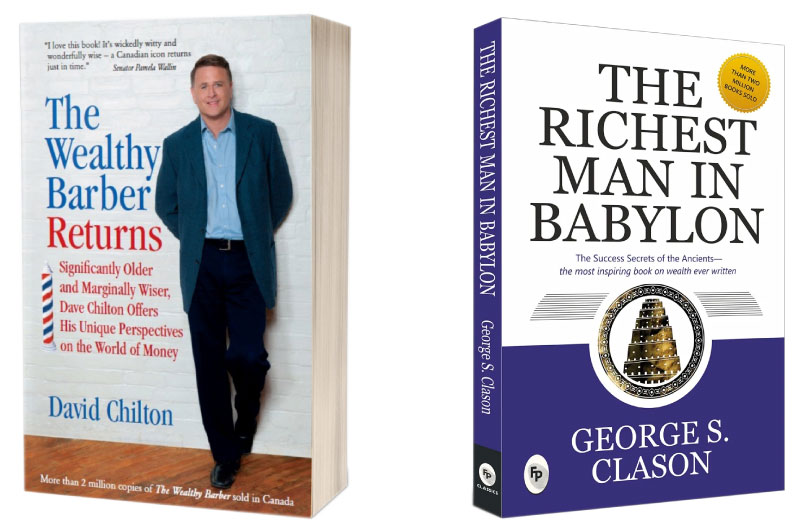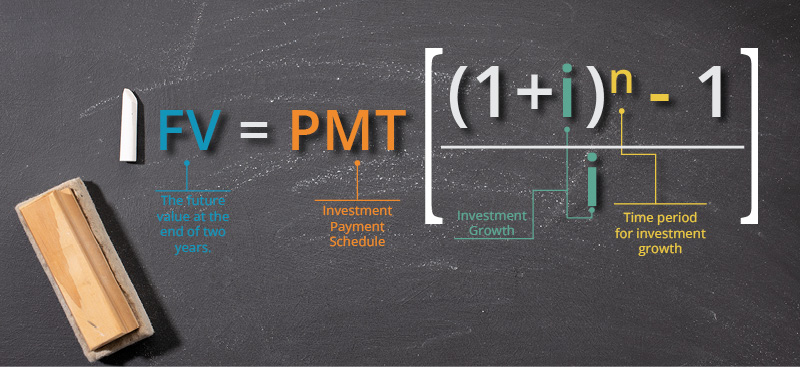With timeless wisdom, they lay out a conscious and structured way of money management and investing that is separate from emotion. Aside from five-minute clips on YouTube, allow me to highlight three key money lessons from these two masters.
Lesson 1: Pay Yourself First
This was a term coined by George Clason and refers to setting aside a specific dollar amount on a regular basis, the idea being that if you don’t see it, you won’t spend it. Put aside 10-20% of each paycheck in a separate investment for a future goal. I like to use the metaphor of a pair of jeans with two back pockets: one saving and one spending. Every payday move 10-20% of your paycheck to the savings pocket and use the spending pocket for lifestyle needs and wants. You will have a chance to learn how to operate within the income you are given and save for the future. This discipline can be life changing.
Lesson 2: Invest Your Savings Pocket!
The word to note here is invest, rather than speculate! Building wealth and financial comfort takes discipline and time. Have a short-term goal of 24 months? Nothing wrong with getting a guaranteed return using 5% GICs! Looking at a longer-term objective over five years? Consider a small investment portfolio of quality dividend paying businesses. Feeling a little unsure of how to invest? Nothing wrong with spreading your cash into multiple choices through an exchange-traded fund (ETF). The point is to take the savings pocket money and steadily grow it. We strongly advise against investments that cannot be valued and are loosely regulated. Investors are not gamblers! Ask us – we are here to help!
Lesson 3: Don’t Wait, Start Now!
When you are young, time is on your side. Those still living at home have the extra advantage of fewer financial commitments. Most don’t have kids, a mortgage, or other family financial responsibilities that eat into the spending pocket. Small amounts in the savings pocket can grow considerably over time. Dollars saved today have time to compound and grow – TFSA’s (tax-free savings accounts) are built for this kind of program and offer flexibility.
Want An Example?
Let’s consider Steve, a 23-year-old labourer who lives at home and has only a few fixed expenses. He decided to save $750 bi-weekly to save for his first real estate purchase. Given the short-term nature of his goal, he selected GIC investments at 5%, and to bolster the growth, he used his saving pocket in a TFSA account. Using standard future value calculations on a financial calculator, here is the net result:





